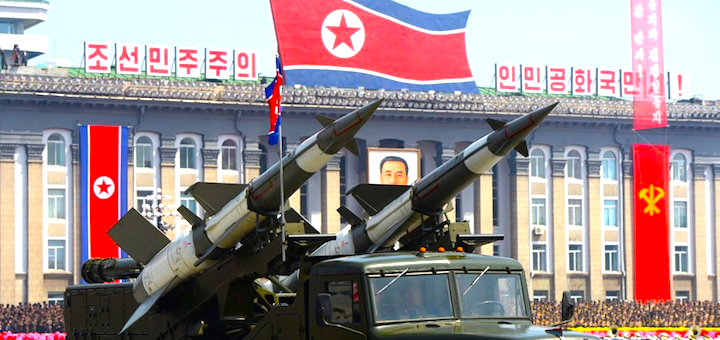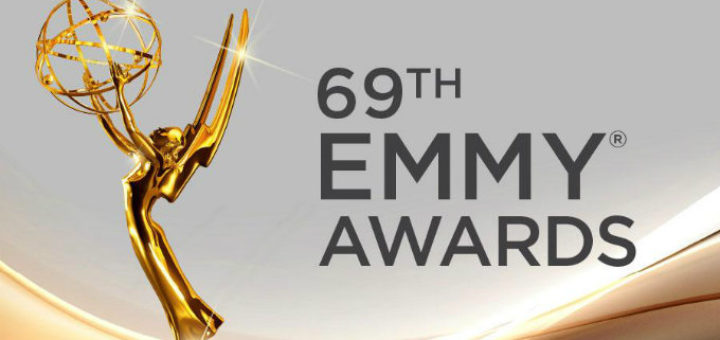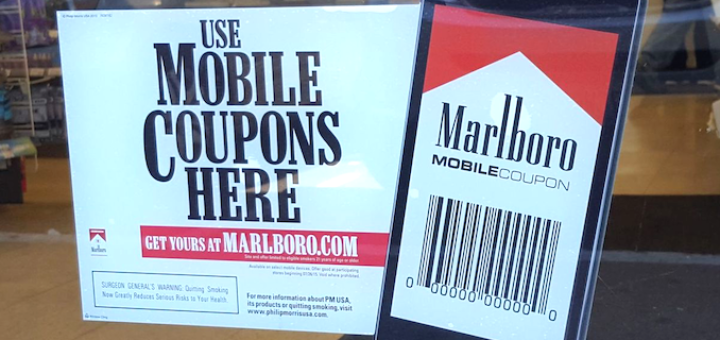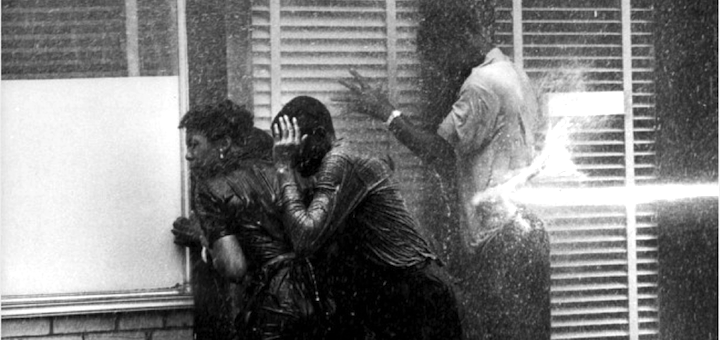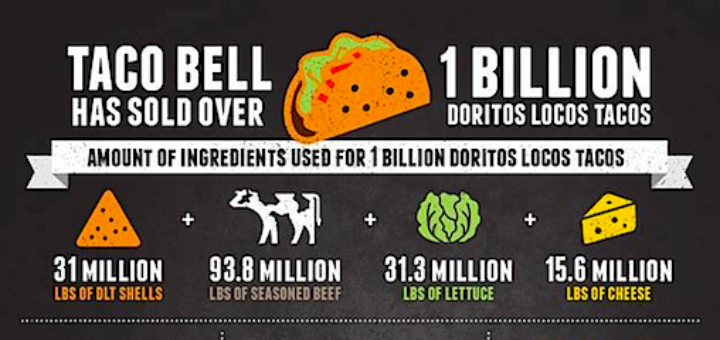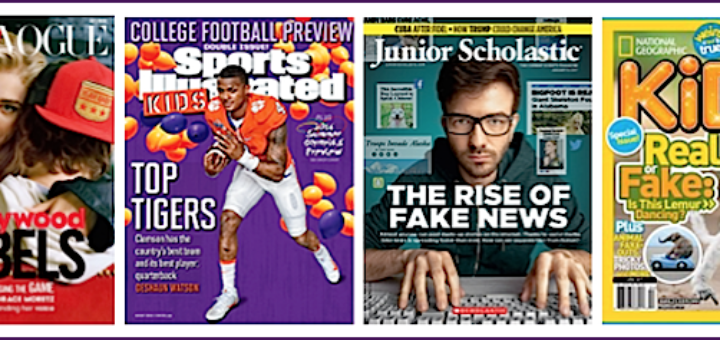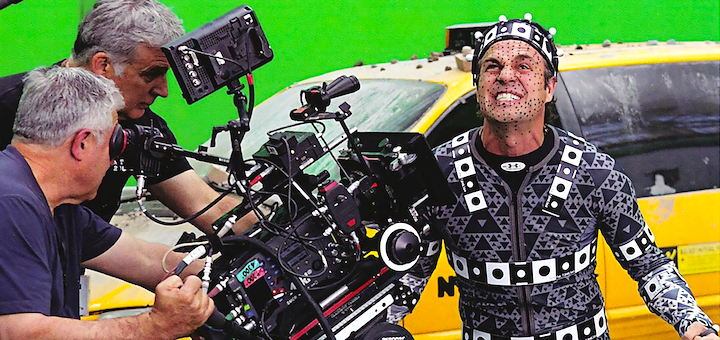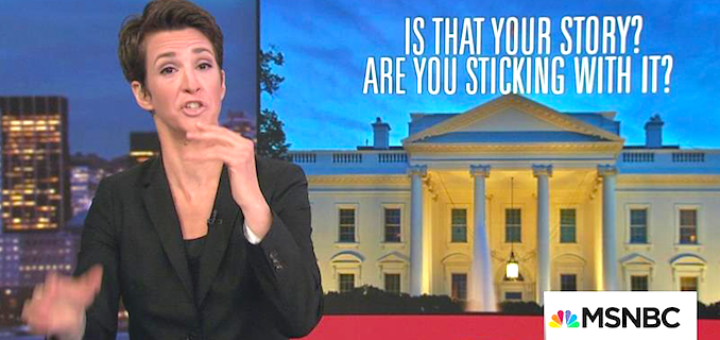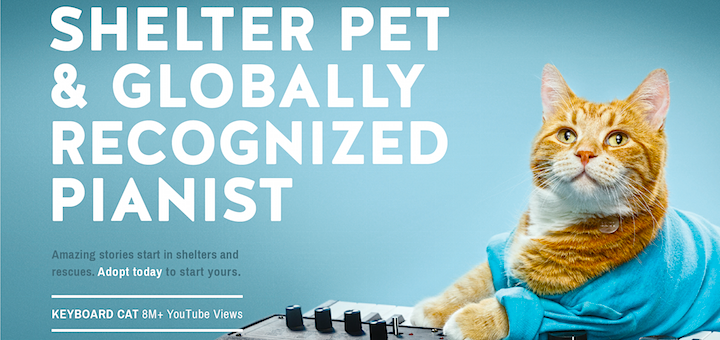Category: Close Reading the Media
No one knows for sure whether there will be actual war with North Korea, but talk about the potential conflict abounds on TV and in social media. Media literacy expert Frank W. Baker calls on teachers to help students learn how to identify trustworthy news sources now.
As the Emmys return in September to celebrate the art and craft of television, how do we encourage students to view the programming from a media literacy perspective, with the thinking parts of their brains turned on? Frank Baker ties television studies to CCSS.
How do today’s students access news and what do they understand about its origins? In his Close Reading the Media column, expert Frank W. Baker offers ideas and activities for engaging students in critical thinking about how they share and consume news in social media.
What works to discourage adolescents from smoking? Media literacy expert Frank Baker suggests taking on Big Tobacco’s pervasive and persuasive marketing tactics, involving students in creating their own anti-tobacco ads. Baker provides the background and resources.
If your students think a photo can’t change history, have them think again, with this resource-rich article from media literacy expert Frank W. Baker, drawing on the work of civil rights era photojournalist Charles Moore, whose iconic images still haunt us today.
Increasingly information is being conveyed in visual terms, and the flashy graphics can both clarify and mislead. Media literacy expert Frank Baker has teaching ideas to help students think more deeply about the infographics and visual data flooding our brains.
Consultant Frank Baker often hears teachers and media specialists raise concerns about the time it takes to facilitate a visual or media literacy lesson. In this post he shares several ideas for 15-minute lesson segments using familiar magazines for kids and adults.
As moviemaking transitions from analog to ever advancing computer-driven technologies that meet the expectations of today’s audiences, the blended learning options involving media literacy, art, science and tech grow apace. Frank Baker explores the possibilities.
How the news media functions and how it covers the White House are important for today’s students to understand, says media literacy expert Frank Baker. He reviews current controversies growing out of President Trump’s “war on the media” and offers teaching ideas.
That nostalgic Hallmark ad that touches your heart. A frightened woman stranded on a lonely road. What role does emotion play in media messages and how can educators help students recognize this powerful force? Media literacy expert Frank Baker has some answers.

